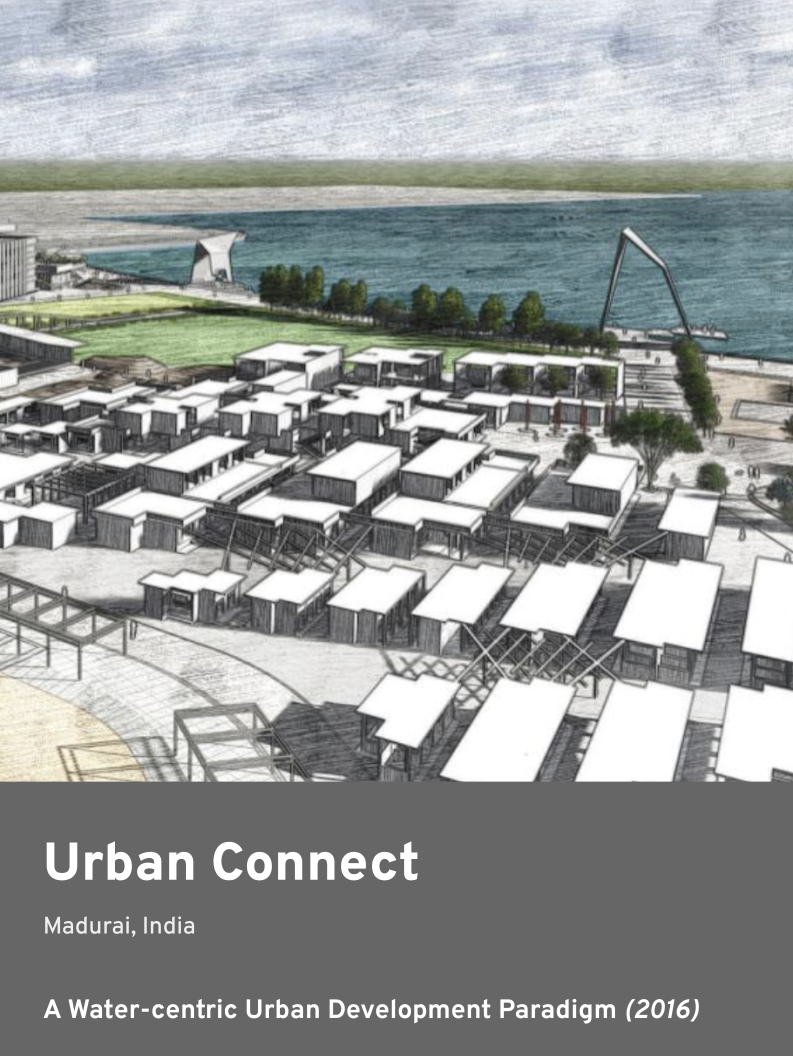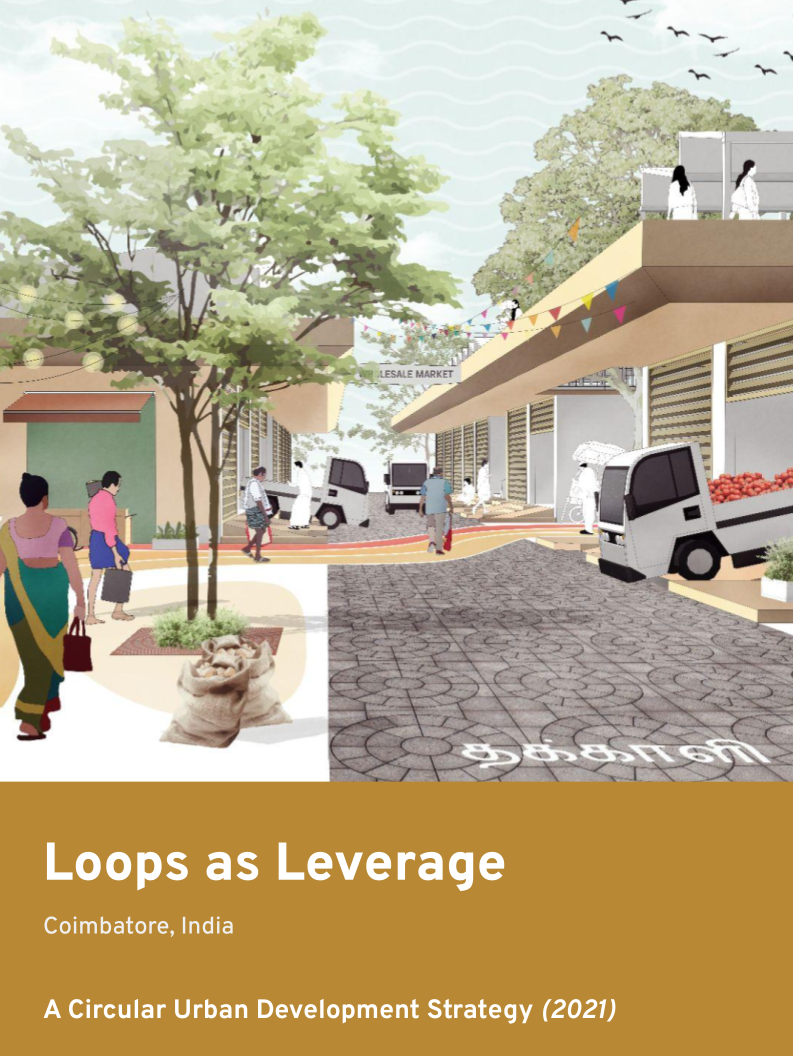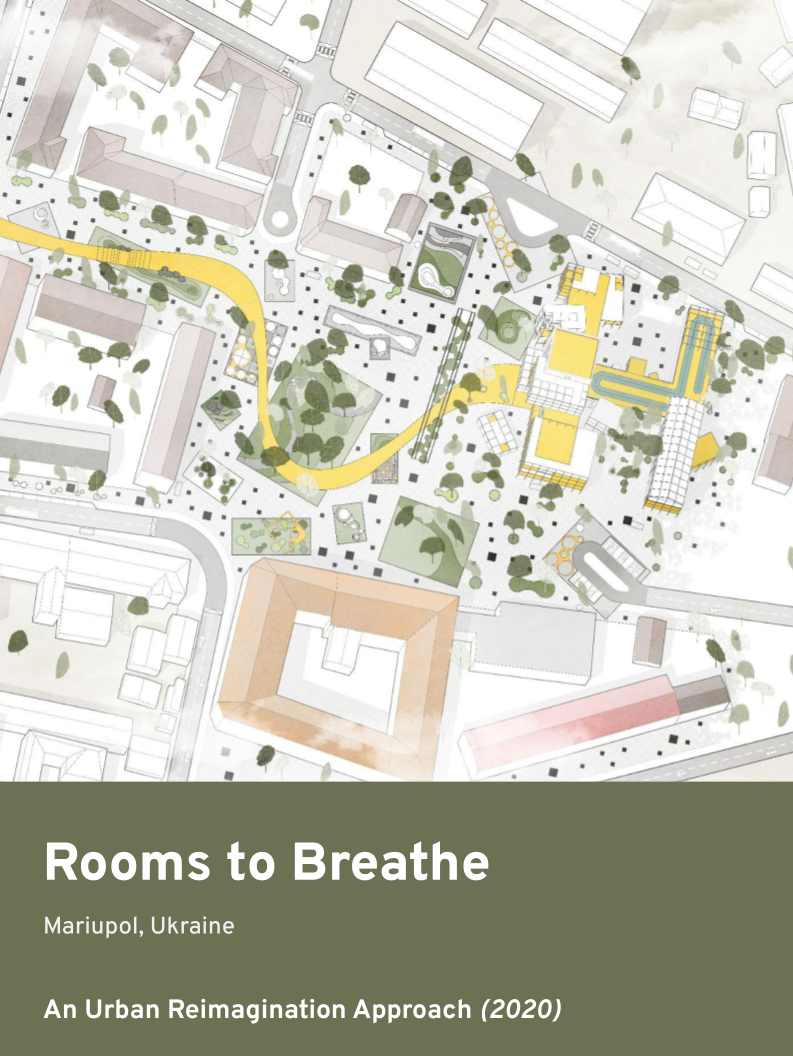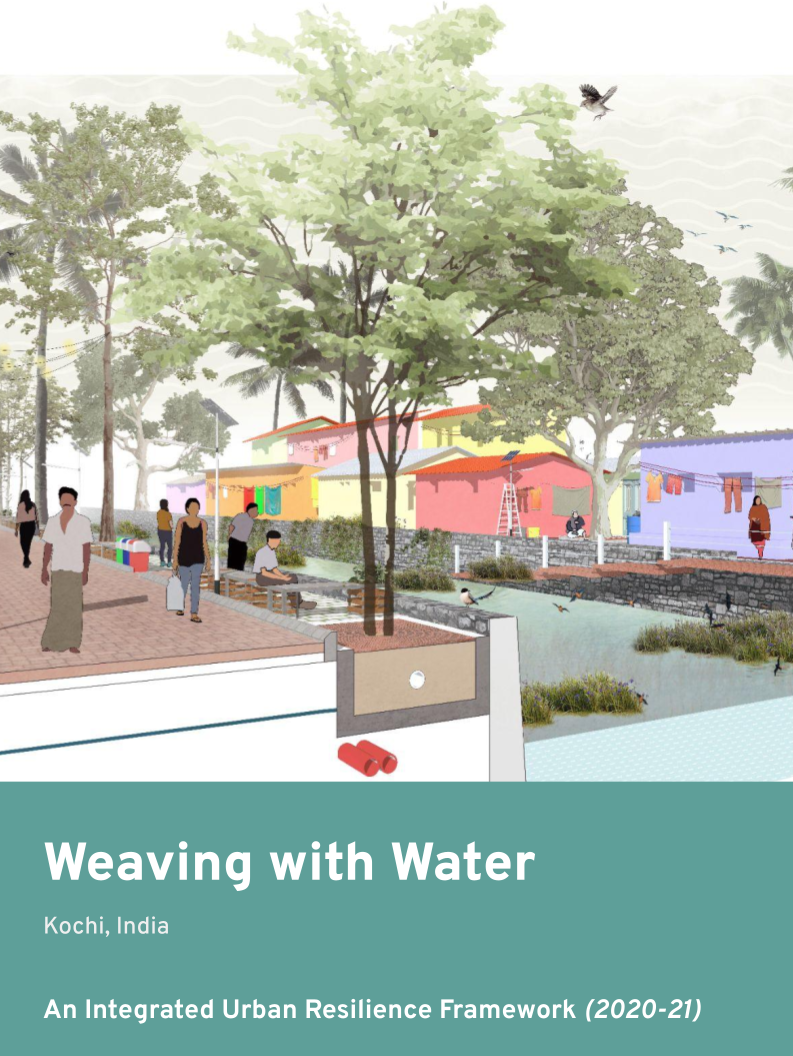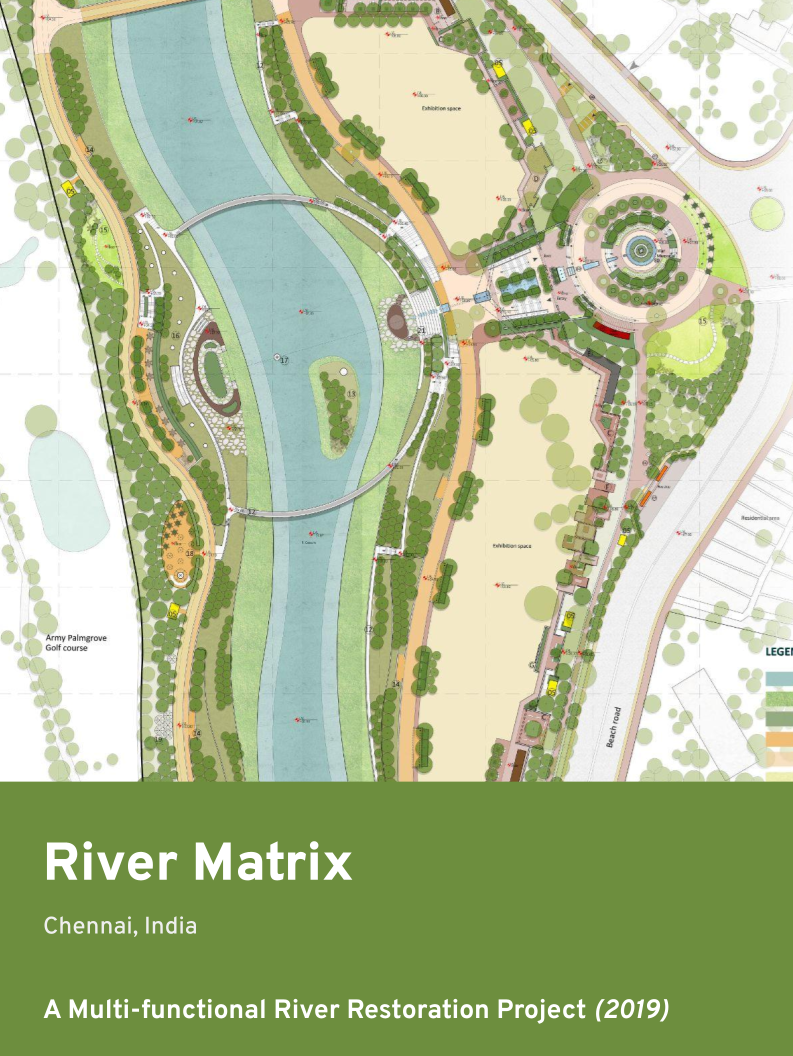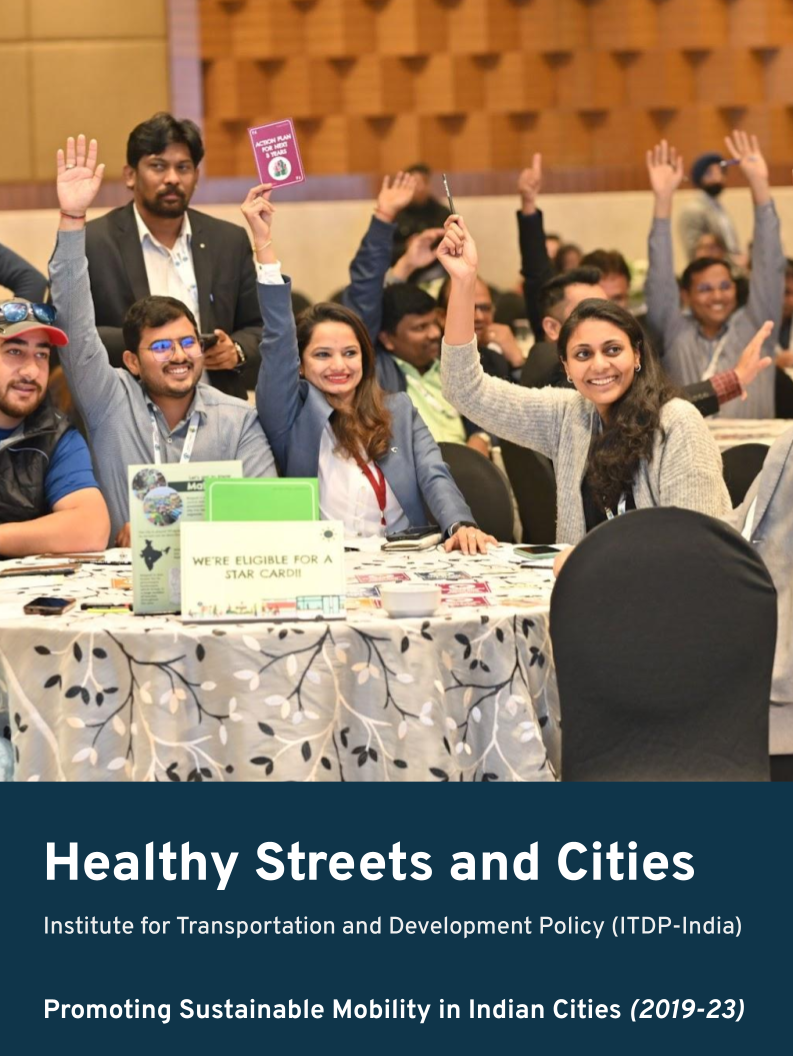“The lack of resources is no longer an excuse not to act. The idea that action should only be taken after all of the answers and the resources have been found is a sure recipe for paralysis. The planning of a city is a process that allows for corrections; it is supremely arrogant to believe that planning can be done only after every variable has been controlled,” said Jaime Lerner, an architect and former mayor of Curitiba, Brazil (Lydon, Garcia, and Duany, 2015).
From this background, across the world, academicians and practitioners are observing an accelerated trend in adopting tactical urbanism (TU) as a cost-efficient approach to build and rebuild cities, especially post-COVID-19 pandemic (Birmingham Blogs, 2022; Cariello, Ferorelli, and Rotondo, 2021). An important question emerges here, targeting the process and the outcome of TU: How does ‘tactical urbanism’ as a new way of thinking contribute to nurturing cities as social spaces and enhancing sociability and social cohesion?
Through a desk-based research, I explored this question in the context of the Global South, by investigating four urban development programmes targeted at transforming streets and public spaces and rolled out by the Government of India (GoI) through the Smart Cities Mission (SCM), hosted under the Ministry of Housing and Urban Affairs (MoHUA) — the India Cycles4Change Challenge (C4CC), the Streets4People Challenge (S4PC), the Nurturing Neighbourhood Challenge (NNC), and the Placemaking Marathon (PM).
Tactical Urbanism versus Do-It-Yourself Urbanism (DIY-U)
Tactical urbanism is a deliberate and learned response to urban challenges through a range of temporary, cost-efficient, and scalable solutions employed by actors, including governmental and non-governmental organisations or individuals, that guide and facilitate neighbourhood building (Lydon, Garcia, and Duany, 2015; The Street Plans Collaborative, 2016).
DIY-U is a collective term that stands for any creative actions and contributions led and carried out by individuals or agencies outside the formal urban planning and managerial systems, more likely without approval, and yet attempts to upgrade the condition of the local built environment (Douglas, 2014) (Lydon, Garcia, and Duany, 2015).
DIY-U stands distinct from the scheme of TU by its actors (citizens or community agencies acting without the support or approval of formal governmental institutions), their intentions (resolving a neighbourhood-level demand that they think the government has failed to fulfil or add a layer of identity and artistic expression), and the outcomes (a temporary or semi-permanent fix that is not expected to deliver any long-term transformation). Hence, not all DIY-U actions are tactical, and not all TU interventions can be categorised as DIY-U (Lydon, Garcia, and Duany, 2015).
An illustrated graphic showing the operating spectrum of TU and DIY-U practices and the attributes that distinguish them (inspired by Lydon, Mike, and Anthony Garcia’s proposals on Tactical Urbanism: Short-Term Action for Long-term Change)
Sociability and Social Cohesion
Sociability and social cohesion as constructs allow a deeper investigation of social segregation at the levels of an individual and society. It is both a process and a perception that embraces diversity, reduces inequalities, bridges disparities, and offers a sense of belongingness and connectedness (Social Cohesion and Reconciliation - Seeds of Peace, no date). Approaching spatially, social cohesion also refers to the condition or character of a public space that nurtures social interactions and supports people in their cultural, economic, and civic roles (Mehta, 2019).
Jan Gehl’s three-part categorization of outdoor activities as necessary, optional, and social puts stress on the need for optimal and high-quality environmental conditions to encourage a range of leisurely and recreational activities that improve sociability and social cohesion (Gehl, 2011). Building on this and Lofland’s work on public realm and people’s social behaviour (Lofland, 1998), Vikas Mehta proposes a tripartite taxonomy to decode sociability of urban streets and public spaces—passive, fleeting, and enduring sociability (Mehta, 2019). Passive sociability refers to public solitude and is experienced through spectating or people-watching and allows learning and negotiating diversity by observing strangers and familiar strangers. Encounters similar to crossing paths with neighbours as part of a daily routine and sharing brief, low-intensity contact are noted as fleeting sociability. Enduring sociability means meaningful associations with directed time and energy investment, and enjoying a sense of community and solidarity.
This foundational understanding sets the ground to critically analyse the potential of TU to enhance sociability and social cohesion.
India’s National TU Initiatives
Through the last five years, the GoI has mainstreamed TU as an urban reimagination tool through four programmes: the C4CC and the S4PC launched in June and September 2020 with ITDP as the knowledge partner, and concluded in January 2024; the NNC rolled out in November 2020 in collaboration with WRI and Bernard van Leer Foundation (BvLF) and wrapped up stage 01 in January 2022; and the PM, which had its first round between September 27th and October 3rd 2021 and embarked on the fifth round in January 2024 as an independent initiative of the SCM, MoHUA.
Drawing from the modalities and outcomes of these programmes, this research has identified two key focus areas that directly influence the process and perception of building sociability and (social) cohesion:
TU as a top-down thinking and doing model: India’s TU programmes introduced a range of uncommon city-making tools (for example, handlebar surveys and walking audits), perspectives (for example, Urban95 cities), and protocols (for example, time-bound placemaking) to the Indian bureaucracy. Collectively, these created first-hand opportunities for city officials to read and observe cities as social spaces, instead of packaging a project from the comfort of municipal board rooms.
TU as a social experiment: A social experiment is defined as a scientific method to design and test an intervention or altered treatment on a small population, evaluate its feasibility and effectiveness, and decide about scaling it up (Barnow, 2010). While India’s TU programmes tick all these three boxes by having a scientific approach to urban planning, a robust methodology to test and document impact, and a forward-looking 3-year Action Plan, the narrative for scaling up is quantity-driven: creating more footpaths, more cycle tracks, more public spaces, and investing more in placemaking. It does not display a commitment to scaling or strengthening sociability and social cohesion through deeper changes in planning processes.
Creating a New Urban Development Paradigm
Drawing on India’s TU programmes, there could be three foundational principles to formulate a synergic framework for the Global South—converging informal TU activities and formal planning mechanisms.
Firstly, adopting ‘participation as planning’ and encouraging local placemaking as an essential community activity could nudge local actors to come together proactively, question the outcomes of formal planning processes, and explore creative placemaking. This shall also change the position of urban residents from ‘passive citizens’ to ‘community leaders’ and allow creation of social infrastructure in abundance (Andres et al., 2021; Janaagraha, 2024). The C4CC, S4PC, and PM programmes of India have taken appreciable steps by sharing positive signals for community-centric planning and also offering useful tools (Handlebar Surveys, Walking Audits, Support Your City portal, etc.).
Secondly, accumulating local efforts at the city-scale by repositioning the city’s role in urban planning from a ‘leader or leading authority’ to an ‘enabler or organiser’ of diversity (Andres et al., 2021). Though India’s TU programmes didn’t or couldn’t directly take this approach, the stress on 'scaling up quantitatively’ may have led a few cities to think about accumulation.
Thirdly, decluttering conventional consultations and communications around formal planning processes and exploring innovative engagement methods could bridge the gap between macro-scale planning and micro-scale placemaking (Andres et al., 2021). The perception surveys and observation surveys to develop the brief, a citizens’ jury to choose design ideas, and online campaigning for C4CC and S4PC have stretched the limits of both physical and virtual engagement methods.
Illustration summarising the research narrative and key discussion pointers as a simple framework for investigating ‘Cities as Social spaces’ through the lens of tactical urbanism.
India, or any other national or sub-national governments, or international development agencies that engage with creative planning practices through top-down leverages have the opportunity for elevating TU as a community-building exercise that brings together people, creates social network, and enhances long-term sociability. It also carries the risk of reducing TU as a colouring exercise that focuses on painting street surfaces and adding temporary aesthetic value to public realm.
Noted: This research attempted to position TU within the larger urban planning scheme and explored it's strength in shaping a new development paradigm that nurtures cities as social spaces. The complete research is yet to be published.
Bibliography
Andres, L. et al. (2021) ‘Planning, temporary urbanism and citizen-led alternative-substitute place-making in the Global South’, Regional Studies, 55(1), pp. 29–39. Available at: https://doi.org/10.1080/00343404.2019.1665645.
Barnow, B.S. (2010) ‘Setting up social experiments: the good, the bad, and the ugly’, Zeitschrift für ArbeitsmarktForschung, 43(2), pp. 91–105. Available at: https://doi.org/10.1007/s12651-010-0042-6.
Birmingham Blogs (2022) Tactical Urbanism: A Global Trend Key to ‘Building Back Better’ – City-REDI Blog. Available at: https://blog.bham.ac.uk/cityredi/tactical-urbanism-a-global-trend-key-to-building-back-better/ (Accessed: 19 February 2024).
Cariello, A., Ferorelli, R. and Rotondo, F. (2021) ‘Tactical Urbanism in Italy: From Grassroots to Institutional Tool—Assessing Value of Public Space Experiments’, Sustainability, 13(20), p. 11482. Available at: https://doi.org/10.3390/su132011482.
Douglas, G.C.C. (2014) ‘Do-It-Yourself Urban Design: The Social Practice of Informal “Improvement” Through Unauthorized Alteration’, City & Community, 13(1), pp. 5–25. Available at: https://doi.org/10.1111/cico.12029.
Finn, D. (2014) ‘DIY urbanism: implications for cities’, Journal of Urbanism: International Research on Placemaking and Urban Sustainability, 7(4), pp. 381–398. Available at: https://doi.org/10.1080/17549175.2014.891149.
Gehl, J. (2011) Life Between Buildings: Using Public Space. 6th edition. Washington, DC: Island Press.
Janaagraha (2024) ‘My City My Responsibility’, https://www.janaagraha.org/. Available at: https://www.janaagraha.org/resources/my-city-my-responsibility/ (Accessed: 4 March 2024).
Lofland, L.H. (1998) The Public Realm: Exploring the City’s Quintessential Social Territory. 1st edition. New Brunswick, N.J: Aldine Transaction.
Lydon, M., Garcia, A. and Duany, A. (2015) Tactical Urbanism: Short-Term Action for Long-term Change. Washington, DC, UNITED STATES: Island Press. Available at: http://ebookcentral.proquest.com/lib/londonschoolecons/detail.action?docID=4505133 (Accessed: 19 February 2024).
Mehta, V. (2019) ‘Streets and social life in cities: a taxonomy of sociability’, URBAN DESIGN International, 24(1), pp. 16–37. Available at: https://doi.org/10.1057/s41289-018-0069-9.
SCM (no date) Placemaking Marathon: Azadi Ka Amrit Mahotsav. Available at: https://smartnet.niua.org/placemaking-marathon/#/ (Accessed: 26 February 2024).
SCM and ITDP India (2020) ‘Guide to roll out the perception survey – W3 – Streets for People Challenge’, 6 October. Available at: https://smartnet.niua.org/indiastreetchallenge/guide-to-roll-out-the-perception-guide-w3/ (Accessed: 26 February 2024).
SCM and ITDP India (2021) ‘Step-by-step for organising the walking audit – W4 – Streets for People Challenge’, 15 March. Available at: https://smartnet.niua.org/indiastreetchallenge/step-by-step-guide-for-organising-walking-audit-w4/ (Accessed: 26 February 2024).
SCM and ITDP India (2024) Transforming Lives with Healthy Streets: The Journey of the India Cycles4Change and Streets4People Challenges, ITDP India. Available at: https://www.itdp.in/resource/transforming-lives-with-healthy-streets/ (Accessed: 26 February 2024).
SCM and ITDP India (no date) Cycles For Change Challenge. Available at: https://smartnet.niua.org/indiacyclechallenge/ (Accessed: 26 February 2024).
SCM, WRI and BvLF (no date) home | Nurturing Neighbourhoods Challenge. Available at: https://smartnet.niua.org/nurturing-neighbourhoods-challenge/web/ (Accessed: 26 February 2024).
Social Cohesion and Reconciliation - Seeds of Peace (no date). Available at: https://seedsofpeace.eu/what-we-do/social-cohesion-and-reconciliation/ (Accessed: 21 February 2024).
The Street Plans Collaborative (2016) Tactical Urbanist’s Guide, Tactical Urbanism. Available at: http://tacticalurbanismguide.com/about/ (Accessed: 21 February 2024).
